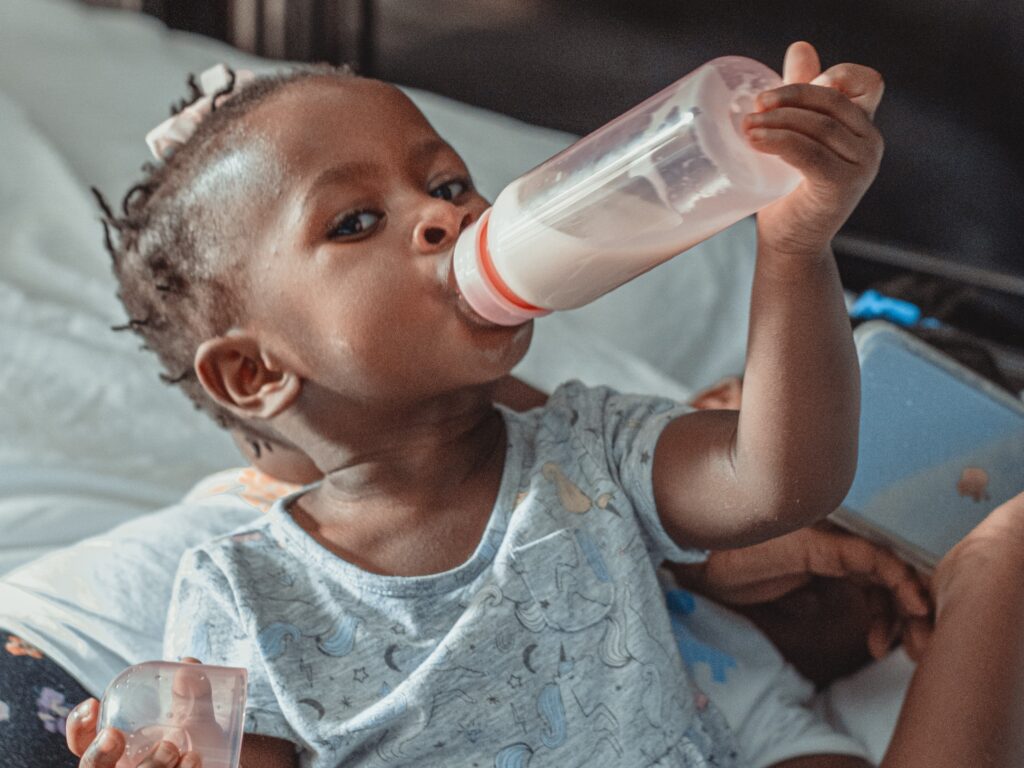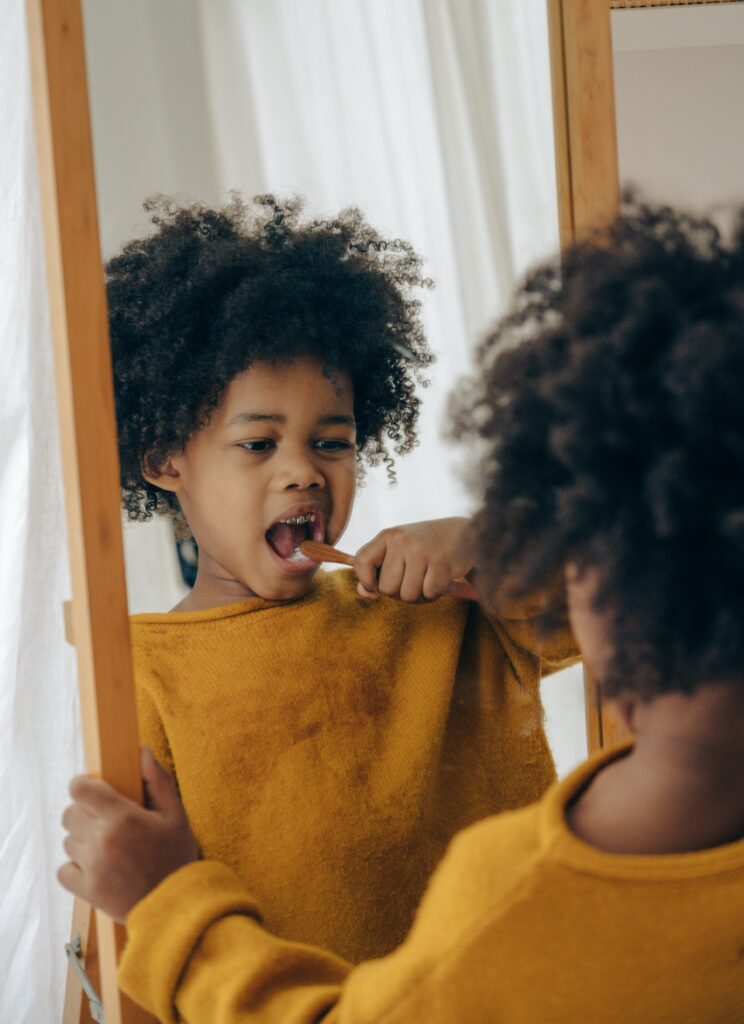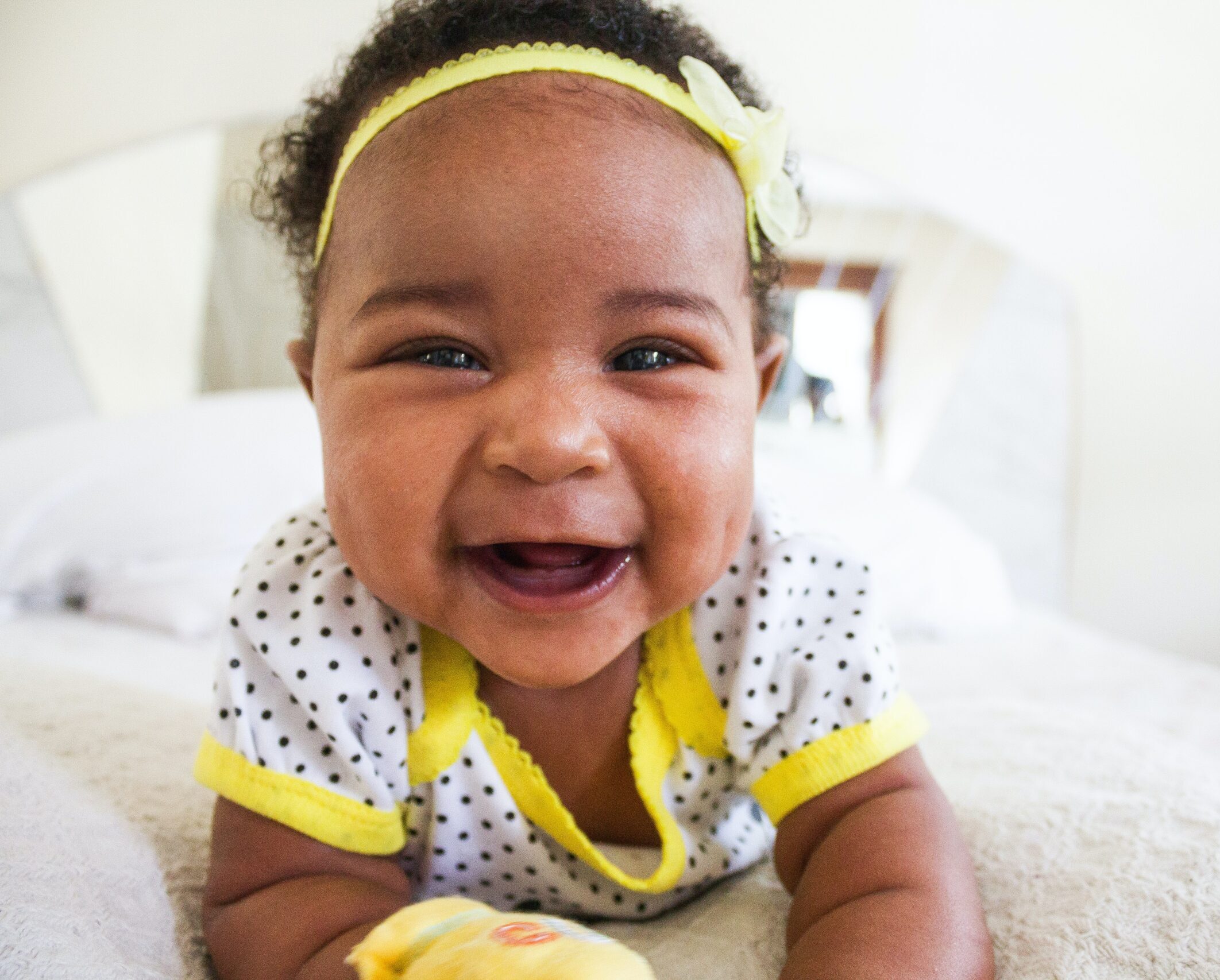Tooth decay in children caused by poor feeding habits
The genuine smiles of children are definitely heart-warming. However, tooth decay is stealing the beauty of these smiles. The number of children with decayed teeth is rapidly increasing. And how we feed our children is to blame!
Early childhood caries
Tooth decay in children or early childhood caries is a bacterial infection that causes demineralization of teeth. As a result, it destroys tooth enamel. The bacteria associated with this disease are primarily Streptococcus mutans. These bacteria collect around the teeth and gums and ferment food debris that has accumulated on the surface of the teeth. As a result they produce acid which destroys the teeth.
Feeding habits that promote tooth decay in children

- Putting children in bed with a bottle: Besides the risk of choking, propping of bottles increases the risk of dental caries. Sleeping slows swallowing and reduces the flow of saliva. If your child has a bottle propped, then the milk/feed pools in the mouth. This provides the bacteria ample time to ferment the milk, produce acid and eventually cause tooth decay.
- Long-term use of the bottle: Using the bottle after six months of age for fluids other than breastmilk or infant formula increases the risk of tooth decay. Milk, fruit juices, and other drinks contain fermentable sugars. Having the bottle encourages continuous sipping of these drinks. This results in prolonged and frequent exposure to fermentable sugars. Which ultimately results in increased risk to dental caries
- Saliva sharing behaviors: Dental carries is both infectious and transmissible. Mothers are the primary transmitters of the dental carries bacteria in infants. A study showed that mothers with high S. mutans bacteria in their saliva (mothers with tooth decay) have a higher chance of transmission than mothers with low salivary S. mutans. Sharing utensils with the baby by drinking or eating from the same plate/cup increases the risk of transmission of S. mutans to your baby. Pre-chewing food for your baby, or in some cases sharing toothbrushes also transmits the bacteria.
- Poor oral hygiene: Infant oral hygiene is mostly neglected. This is because they have no visible teeth yet. Unfortunately, the process of tooth decay begins even before the first tooth is out. According to research, 30% of 3-month-old infants are already infected with S.mutans. That is long before the first tooth erupts! And before their 3rd birthday, 100% of children are already infected. Therefore oral hygiene should begin from an early age.
- Other factors including; High and frequent intake of sugary foods and drinks, dipping pacifiers in honey or syrup, or using the bottle as a pacifiers
Effects of tooth decay in children
Apart from stealing the beautiful smile, tooth decay in children also has many other effects
- Dental caries may result in toothaches and oral pain. The pain may be too unbearable for your child. It may also interfere with their feeding.
- Severely decayed teeth may fall off. This Can lead to eating difficulties causing failure to thrive in the child
- The falling of decayed teeth may interfere with the development of permanent teeth. Early teeth act as guides to permanent teeth. Without them, the permanent teeth may grow crooked.
Preventing tooth decay in children

- Proper use of the bottle: Hold the infant when bottle feeding and remove the bottle when the child has finished feeding
- Avoid bottle propping or putting the baby to bed with a bottle containing milk or any other beverage
- Avoid long-term use of bottles. Aim to fully transition your child to an open cup by 18 months. For breastfed infants, there may be no need to even use a bottle. Introduce open cup by six months for other fluids and continue breastfeeding.
- Avoid sharing utensils with your baby, or pre-chewing food for them. Especially if you have tooth decay. Also do not encourage sharing of utensils among children.
- Clean the baby’s gums with a clean damp washcloth after feeding. Until 3 years use a soft brush and rice grain-sized toothpaste to brush your baby’s teeth. Between 3-8 years children should be helped to brush their teeth using a pea-sized toothpaste.
- Limit the amount of whole fruit juice to 1/2 a cup per day. Serve this juice as part of a meal or snack and not alone.


Very informative
Very informative.
Beautiful white teeth are beautiful. Do not let your child particularly girls lose their self-esteem because of the mistakes you did when they were growing up.
Indeed!